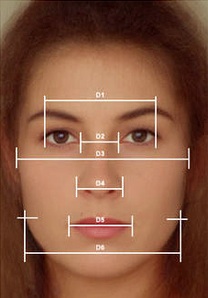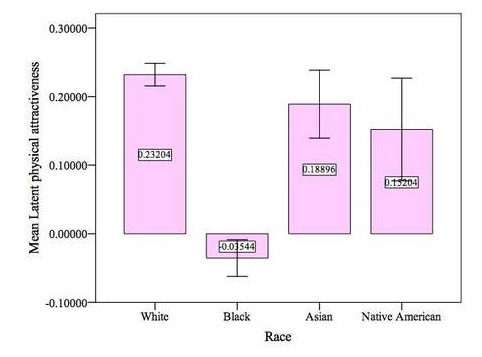
Katie L. sent along a fascinating Starbucks commercial. In it, a succession of workers grow, harvest, roast, taste, and prepare coffee from scratch for a hypothetical customer named “Sue.” At first glance, I thought that the commercial did a nice job of at least acknowledging their workers (if in an overly romanticized way), unlike some commercials for agricultural products that erase them. But I thought again. Because the entire commercial revolves around Sue, the inclusion of all the workers isn’t meant to focus our attention on them, it’s meant to highlight how much work goes into pleasing Sue. We’re supposed to identify with Sue, not the series of workers.
This reminds me of a post about a “hand-rolled” tea sold at The Coffee Bean and Tea Leaf. The consumer was supposed to be excited about the tea not because of its flavor, but because, as I wrote, “it takes a significant amount of human labor to “hand-roll” tea leaves into balls… What could be more luxurious than the casual-and-fleeting enjoyment of the hard-and-long labor of others? ”
This ad has a similar feel. The workers are portrayed only in order to make the intended consumer feel special. They work with Sue in mind, tending carefully to Sue’s future pleasure intently and with care. They find satisfaction in Sue’s satisfaction. Sue is everything. Everyone is for Sue.
This tells us something interesting, no doubt, about American cultural values.
Lisa Wade, PhD is an Associate Professor at Tulane University. She is the author of American Hookup, a book about college sexual culture; a textbook about gender; and a forthcoming introductory text: Terrible Magnificent Sociology. You can follow her on Twitter and Instagram.








